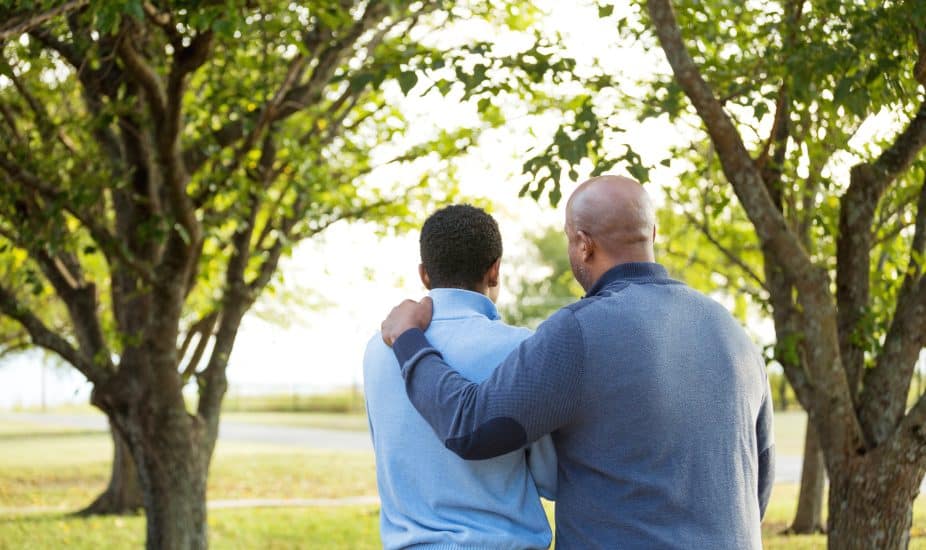Cultivating Hope In Kids Is An Important Part Of Substance Abuse Prevention
Feeling hopeless is a miserable experience. Whether you’re feeling hopeless about your relationship status, friendships, career path, or your health, most people would say it’s one of the worst experiences of being human.
The good news is that hope is like a muscle — it can be exercised and strengthened. You’re not born with a fixed amount of hope. It’s not given out in limited quantities, and it doesn’t evaporate over time.
Although some people are born with a more optimistic outlook than others, anyone can become a hopeful person.
Charles Snyder was one of the key figures in developing pop psychology in the 1970s and 1980s. He developed what’s known today as Snyder’s Hope Theory which includes a framework for understanding and cultivating hope, as well as measuring how much hope someone carries within themselves.
He distinguishes different parts of hope and explains the thinking that underlies each one.
Hope pathways
Hope pathways are about seeing multiple pathways to achieve your desired future. In other words, believing deep down that your goal is possible and achievable.
Hope agency
Hope agency is about seeing yourself as a critical piece and driver towards your desired future. In other words, believing that you have the power and ability to make the steps and changes necessary. It’s saying to yourself, “I can do it — I have what it takes.”
Cultivating Hope
When it comes to cultivating hope, Snyder’s theory creates the foundation for proper goal setting. It’s one thing to ask people to come up with things they want in life, but too often their desires are left as wishful thinking that lacks any real benefit.
To help someone cultivate hope, guide them to describe the type of future they want, and help them design the path to get there by creating specific activities they can engage in to make progress.
Here’s a Natural High activity to help kids with goal-setting called Designing Your Future.
Using the example of improving your health. It’s one thing to set a goal to become healthier, but it’s more powerful to help someone think through the different paths they can take in order to make healthier choices overall.
There are many factors that lead to improved health including exercising more regularly, eating a healthier diet, getting more sleep, processing feelings in productive ways, and spending more time outdoors, etc.
That’s a different process, and it leads to more resilience which is a key measurement to understanding someone’s level of hope. When someone can only see one way to achieve their goal, or feels like they have no part to play in moving forward, then their experience of life becomes more like a victim than a participant.
Victims feel small, insignificant, forgotten, and helpless. Those internal states often lead people to make unhealthy and unwise choices.
People with high hope, though, respond differently to setbacks and challenges. They understand roadblocks as a part of the process, not the end of the story.
So, when it comes to working with kids, we can lead them to think through what they want, what they will do to get what they want, and alternative routes to getting what they want.
They will be clearer about their future, and they will see themselves as key actors in the story that’s unfolding, strengthening their motivation and resolve along the way.
Read the next article in this series: Hope Series #3: How To Model Hope.
And be sure to check out the first article in this series: Hope Series #1: Hope Is A Key Protective Factor.

